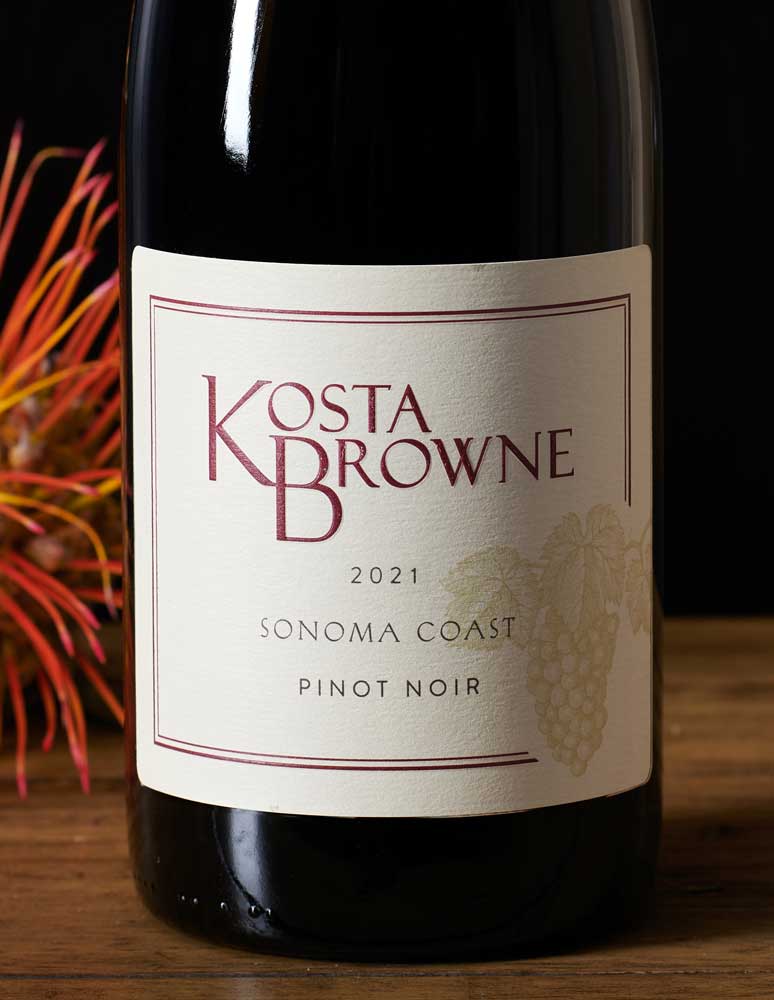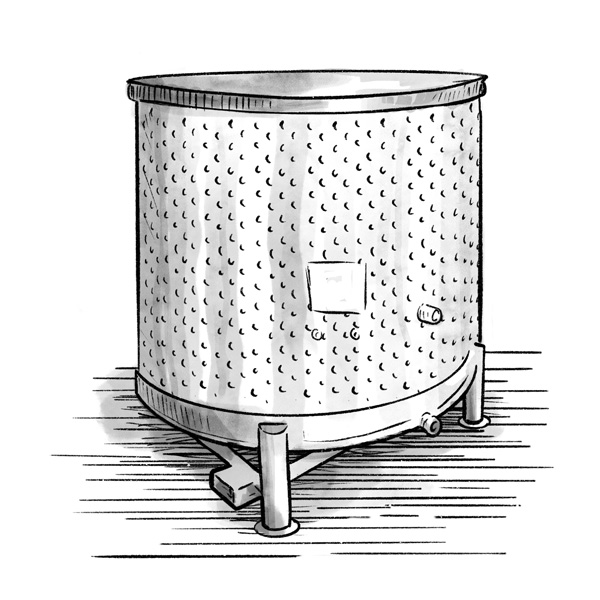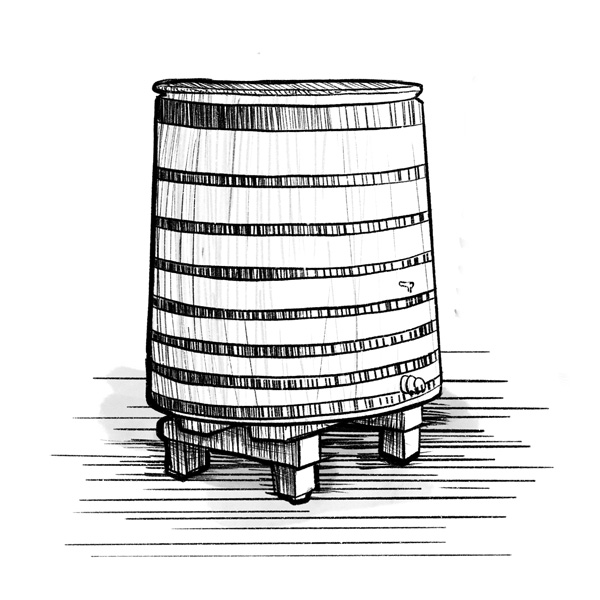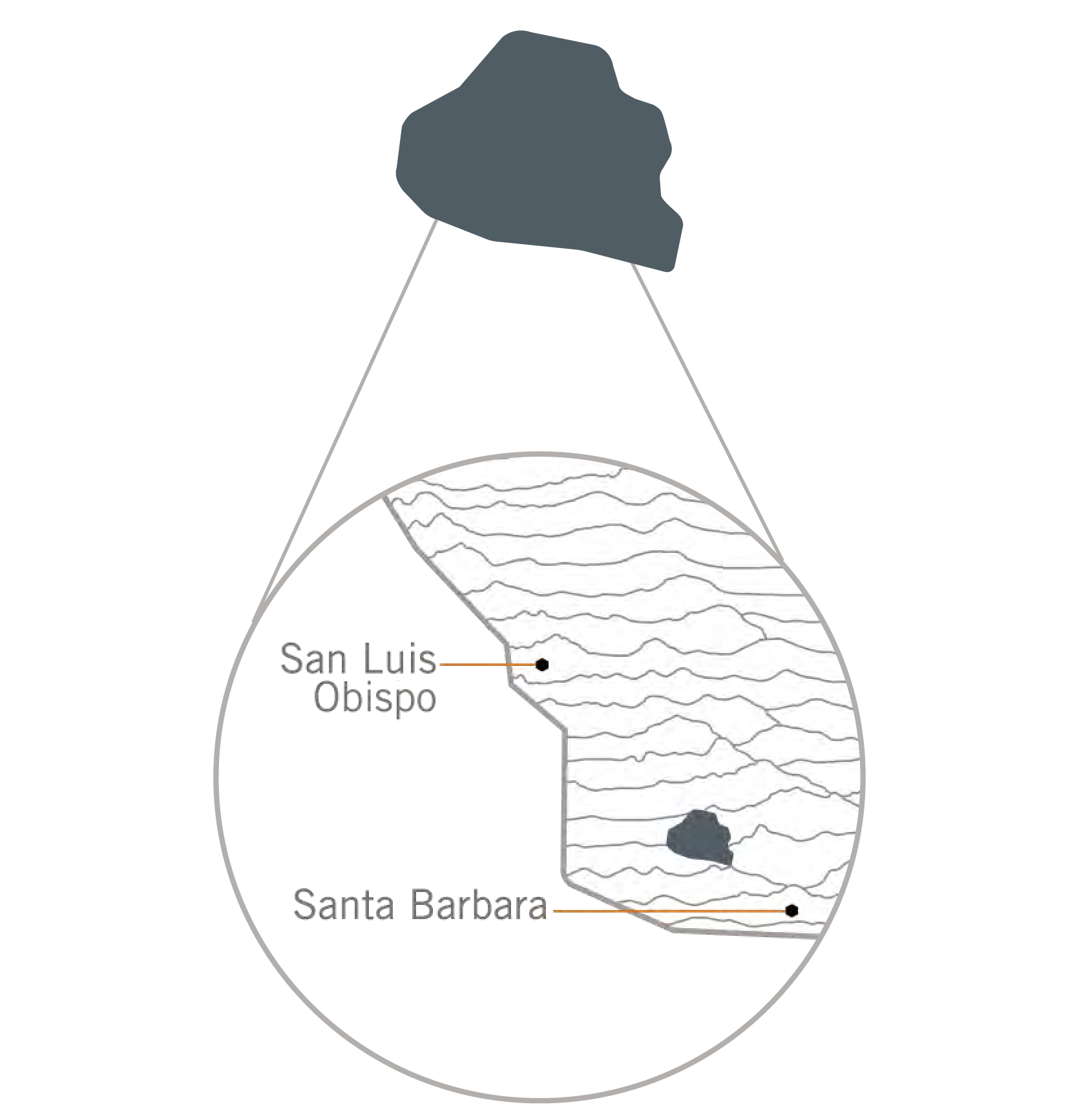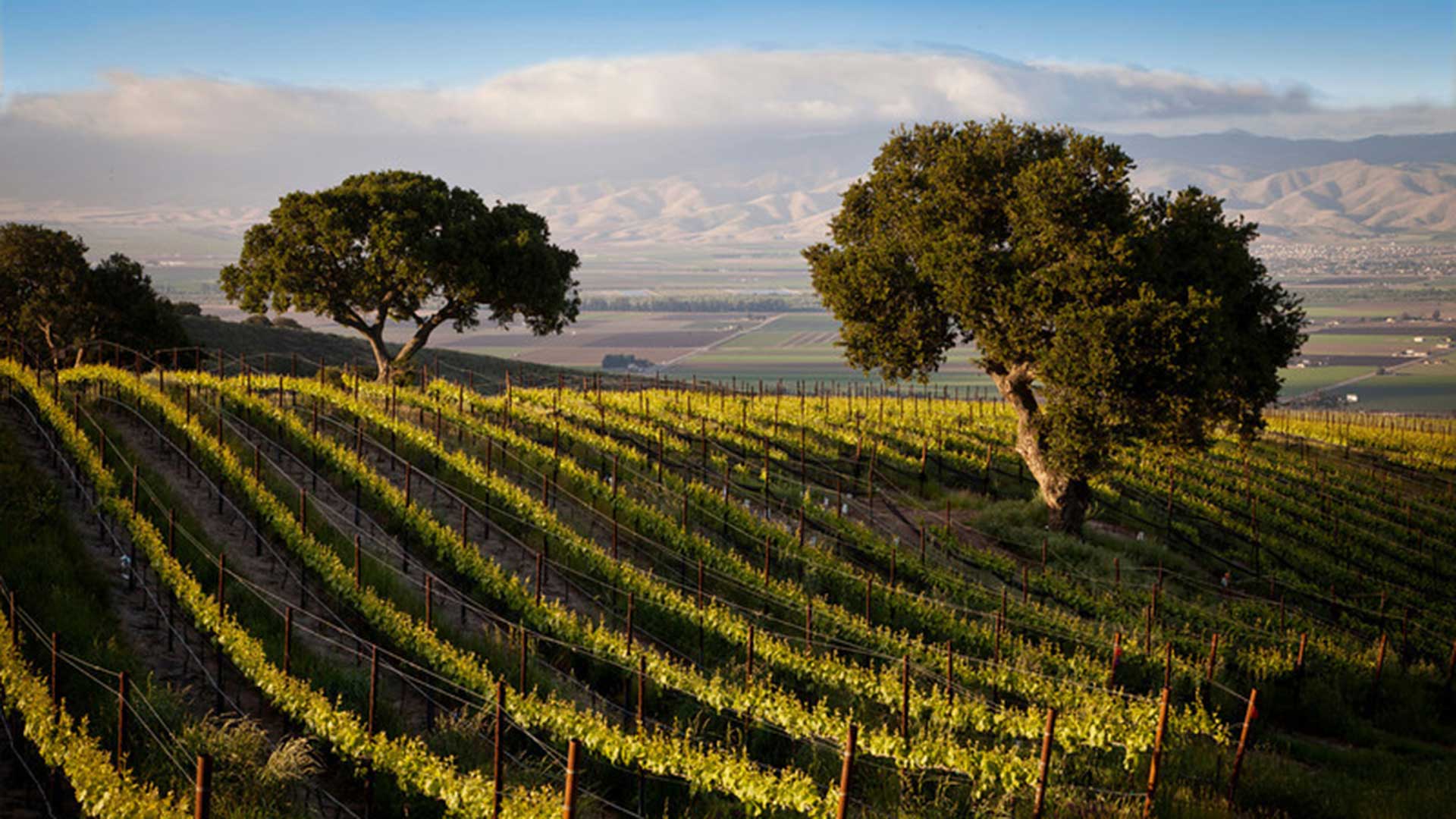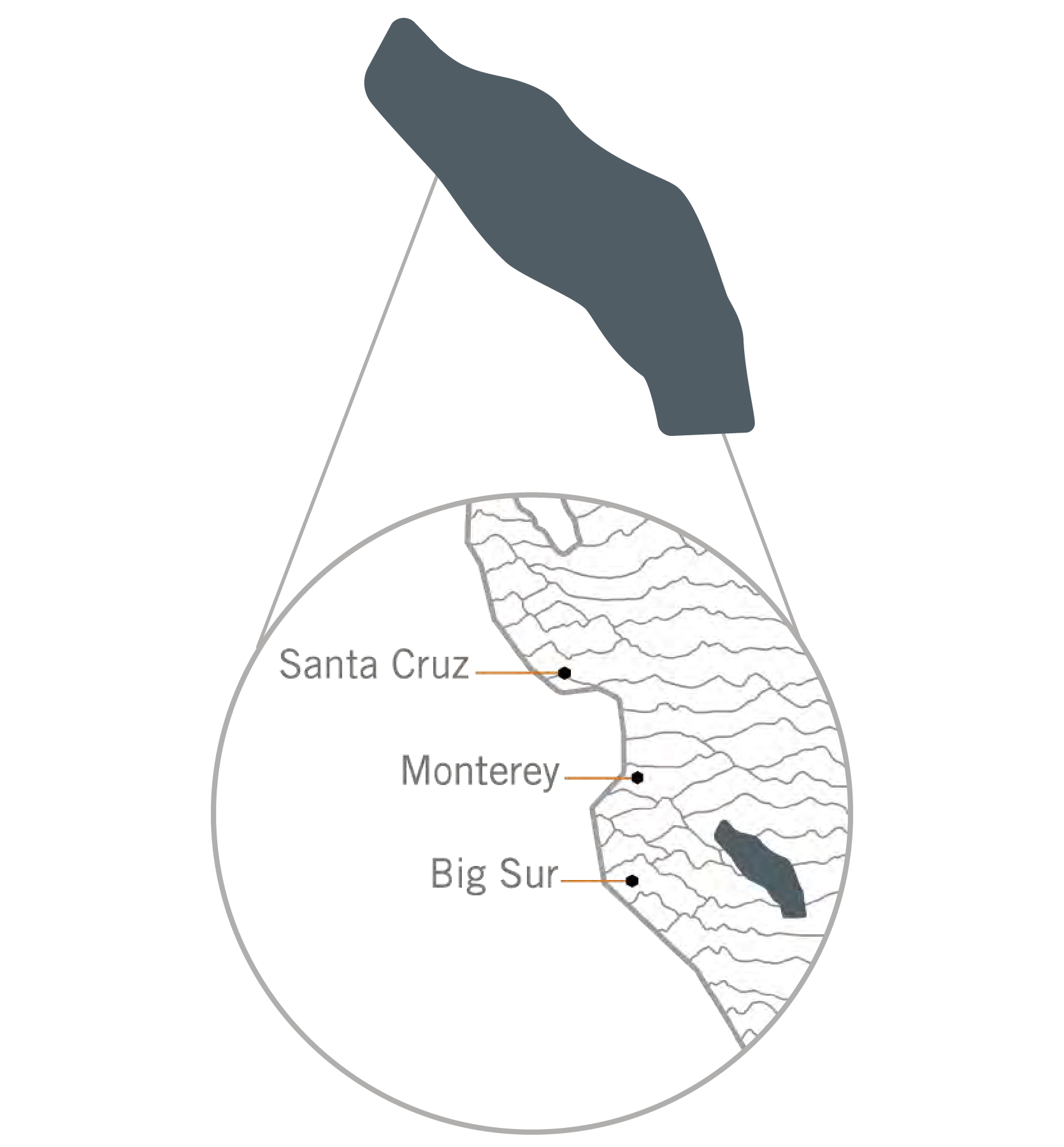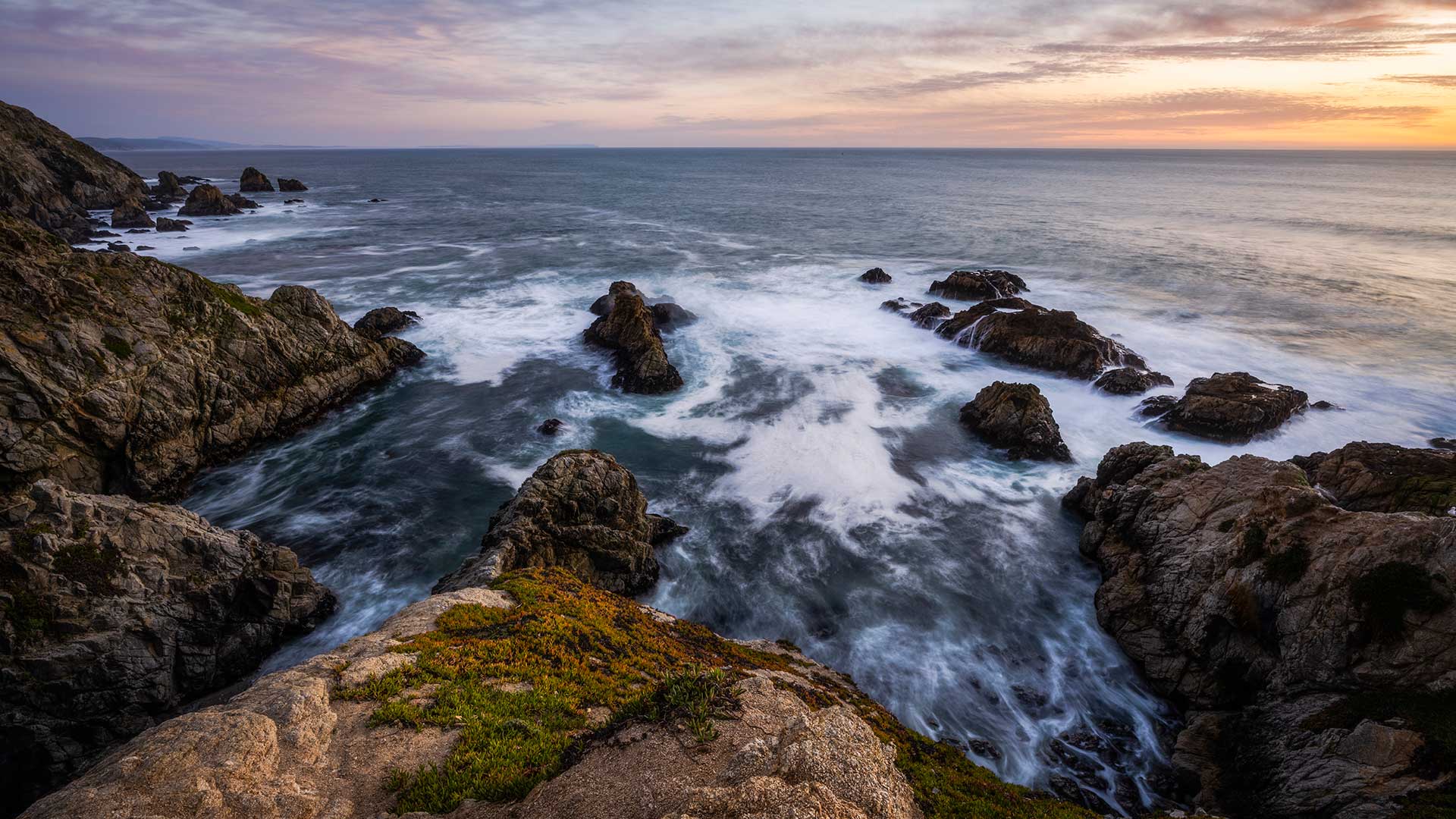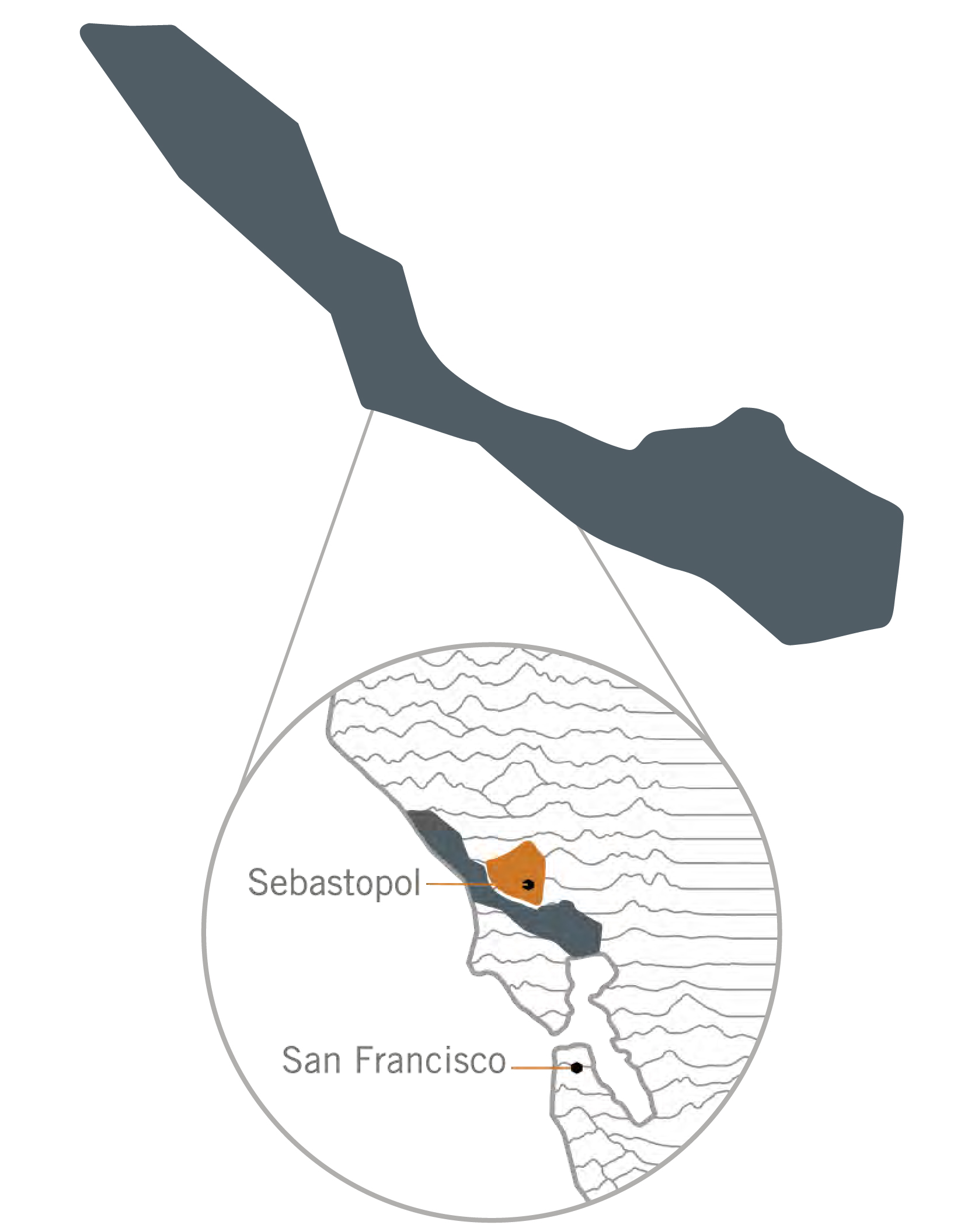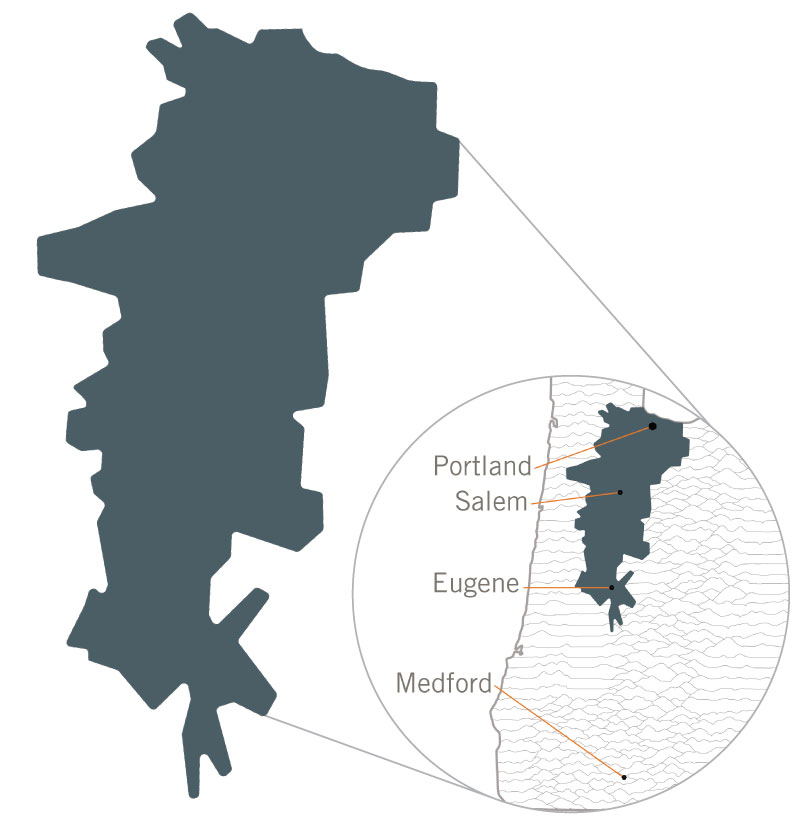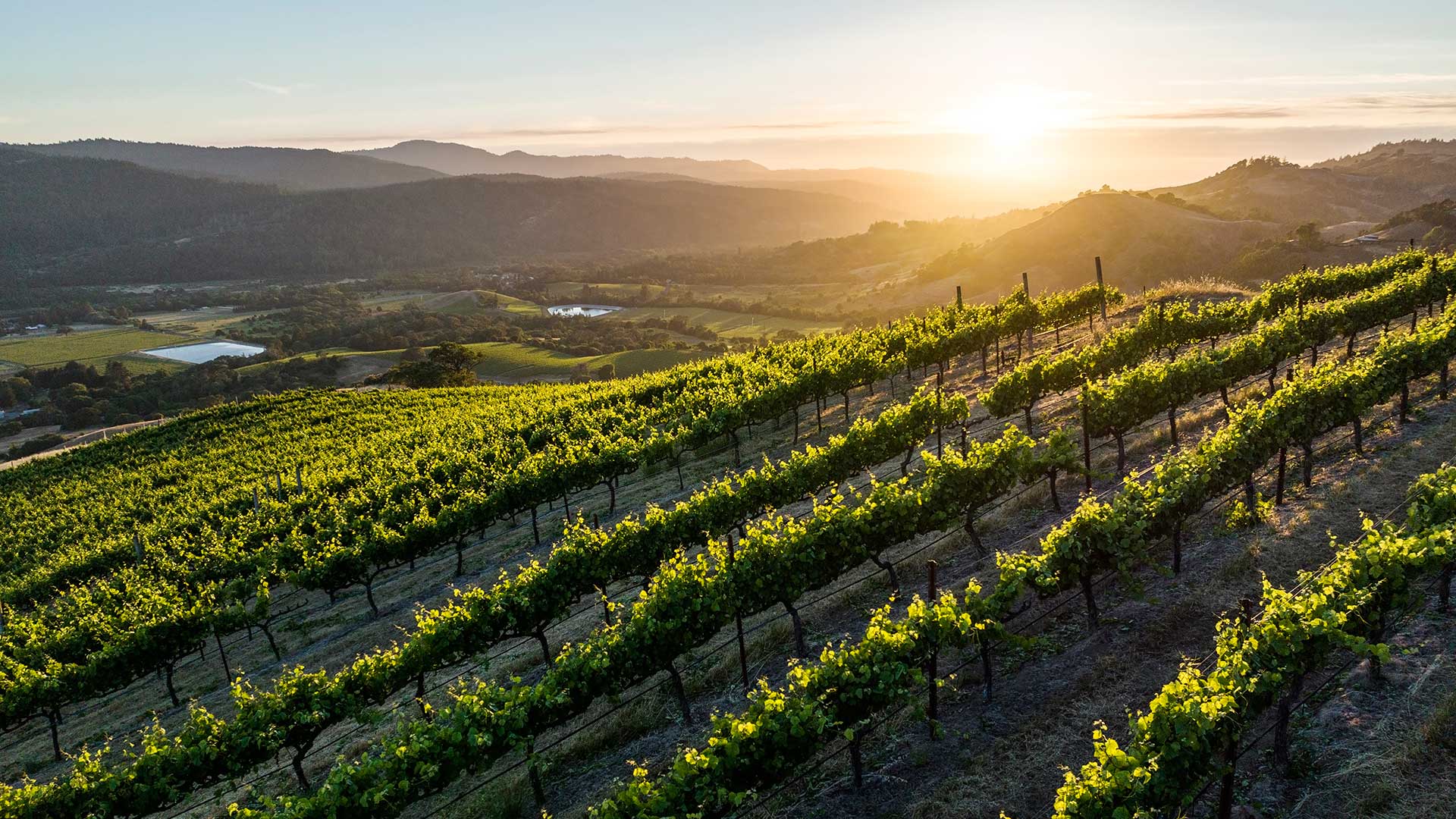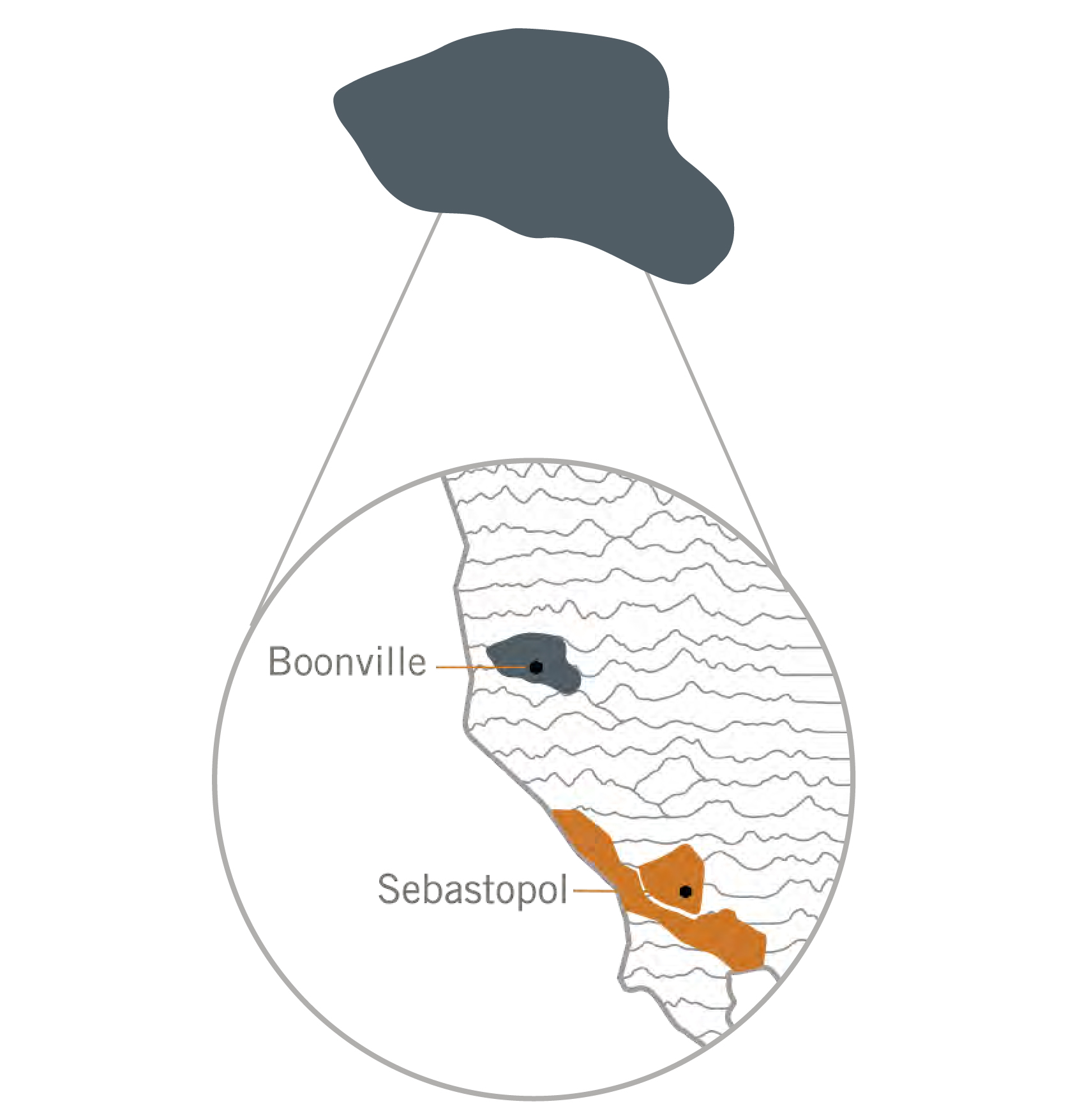THE TIP ENVELOPE
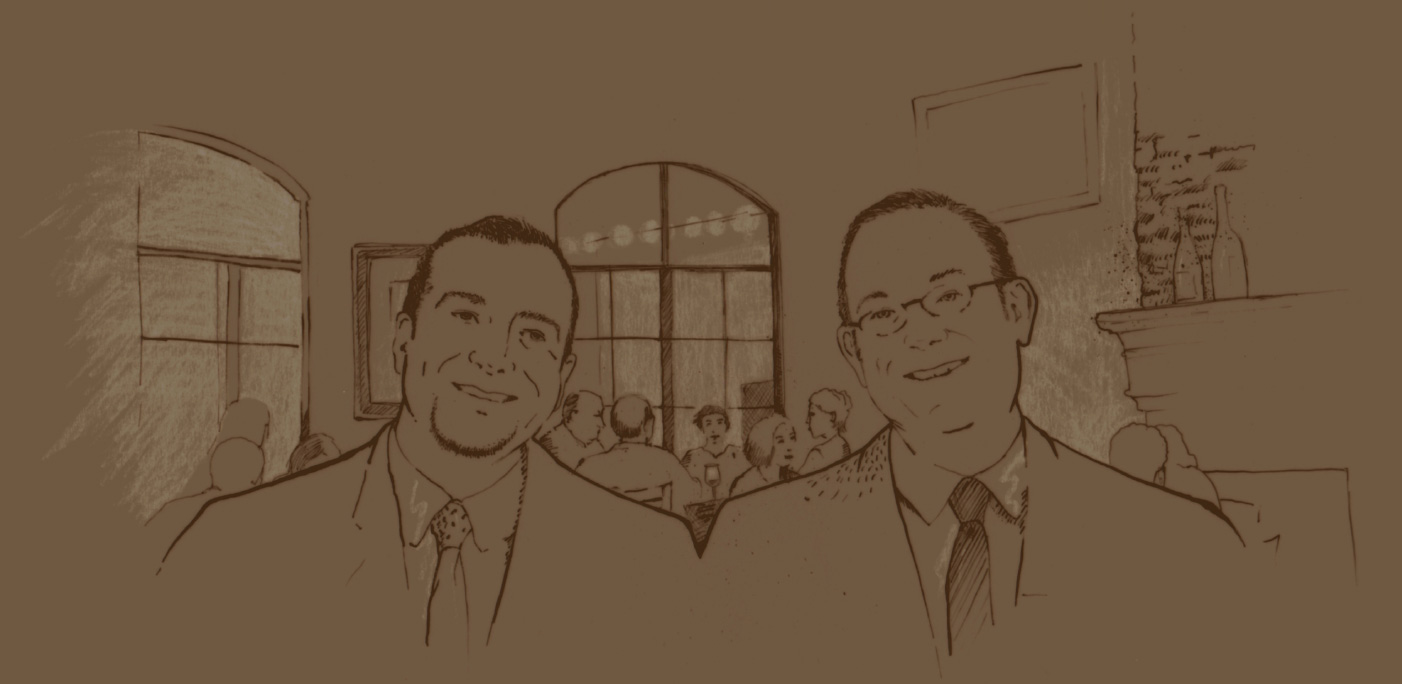
POWER OF TWO
The story of Kosta-Browne begins with two friends, Dan Kosta and Michael Browne. The year was 1997 and the buddies both were working at John Ash & Co., a popular restaurant in Santa Rosa, California. Dan was the general manager; Michael was the sommelier. But their real passion was something bigger, bolder, and more brazen than anything either ever had done: They wanted to create Pinot Noir. The catch: Neither gentleman had experience making wine. What ensued was a tale of perseverance, dedication, and hard work. That, and of course, a little bit of pinot noir.

“THE ENVELOPE, PLEASE”
Once Dan and Michael agreed to make wine together, they realized they needed money to bring the dream to life. So they started saving. Dan proposed saving $10 apiece every night on those nights when the duo worked together. Looking back, he says, “The amount was something that wasn’t going to kill us but something that was going to push us to keep going.” As Dan and Michael socked away their hard-earned cash, they stashed the money in an envelope that they kept in Dan’s desk drawer. Over the course of a few months (working anywhere from three to five nights a week), they amassed about $1,000, still a few hundred bucks short of their goal. Thankfully, a chef at the restaurant kicked in the difference and Dan and Michael were on their way. The next step: Purchasing equipment and grapes.
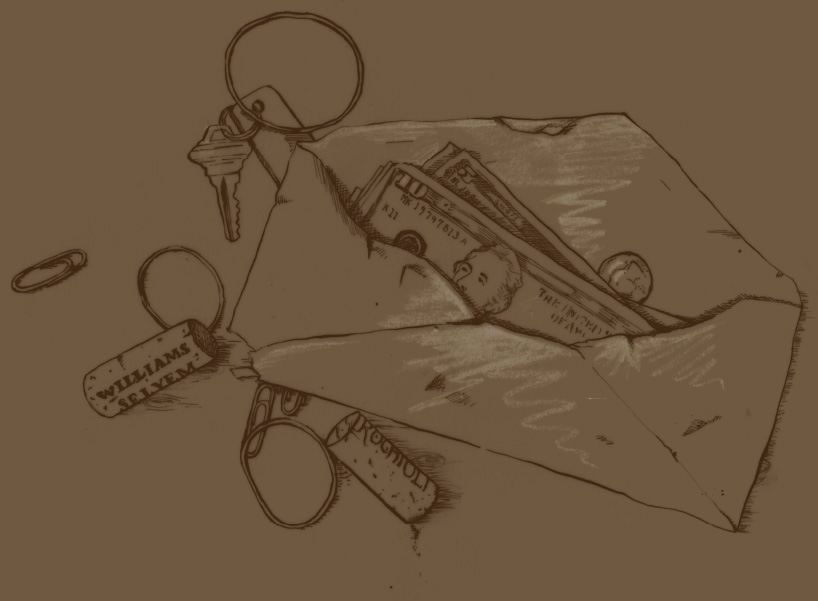
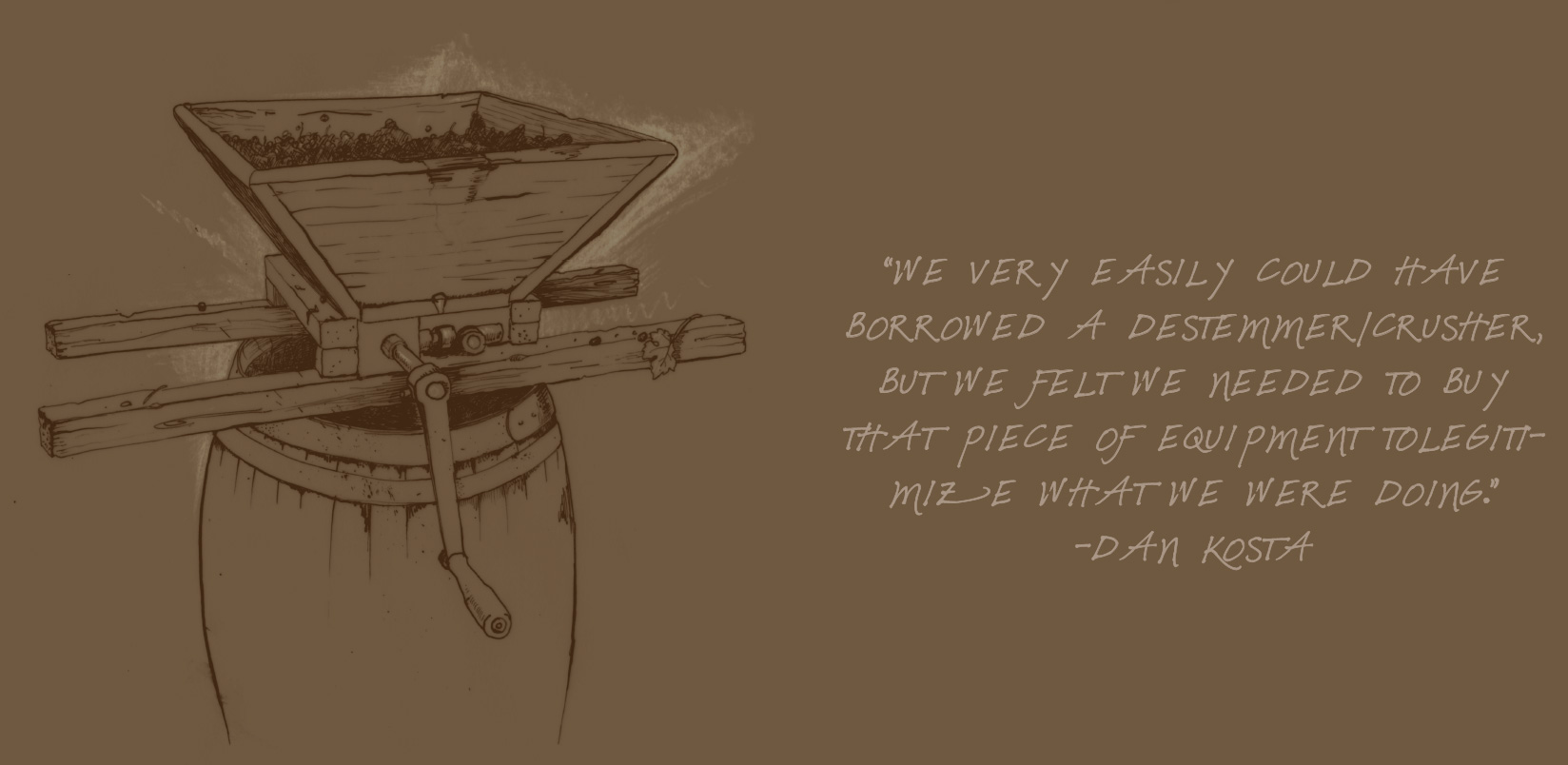
NO SCHOOL LIKE THE OLD-SCHOOL
With $1,400 in the bank, Dan and Michael managed to buy a half-ton of pinot noir grapes from Everett Ridge, in the Russian River appellation. The next challenge: Actually making the wine. Neither man had problems using other people’s equipment for most of the winemaking, but Michael insisted on purchasing a used barrel and his own hand-cranked de-stemmer/crusher. Finding the barrel was easy; finding the other tool proved to be a bigger challenge. Finally, with harvest approaching, they bought the device from a friend. All told, Dan and Michael estimate they spent about $400 of their cash on equipment and about $1,000 on grapes. Once the wine was in the barrel, they made enough labels for 24 cases. Those early labels read KOSTA BROWNE. They looked eerily like the ones we use today.
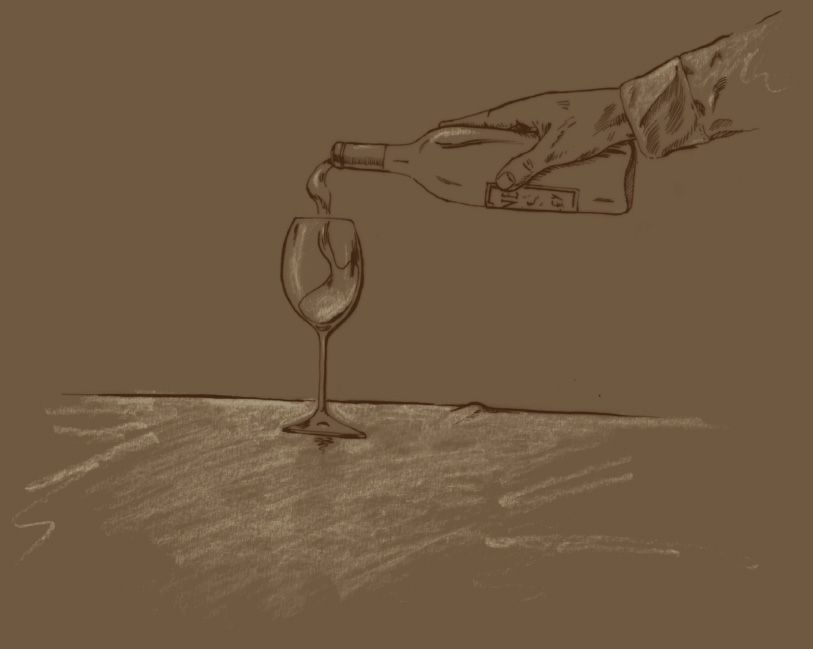
GROWING WITH WHITE
Dan and Michael poured most of that first barrel for VIP customers at the restaurant. When the barrel was almost empty, the duo decided it was time to raise some more money. This time they didn’t pool tips; instead, in 1999, Dan and Michael secured some angel investments from friends and family and made 3,400 cases of sauvignon blanc from Lake County. As Michael explains, this move made sense because sauvignon blanc grapes were cheaper than pinot noir, the wine didn’t need barrels to age, and he and Dan could turn around the product quickly. “It was a quick strike,” he says. It also was a decent hit; the wine sold well enough to get the brand moving, almost exclusively through distribution.
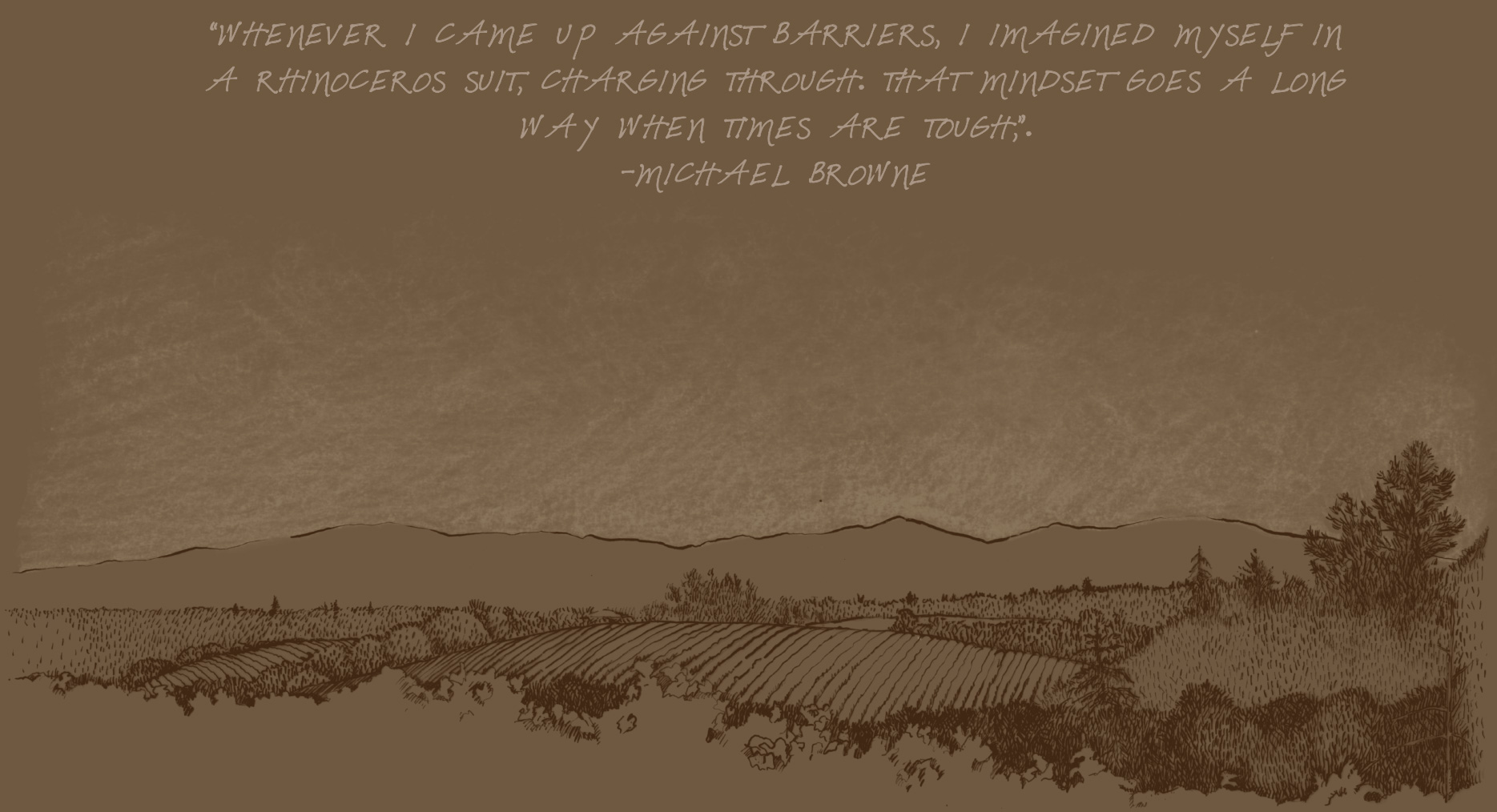
STICKING WITH PINOT
The following year—2000, to be exact—Michael set out to follow his dream and make more pinot noir. Because Kosta Browne was so young, because it wasn’t well-known yet, Michael experienced a certain degree of difficulty getting good grapes. After weeks of networking, Michael convinced John Ferrington, the former assistant winemaker at Williams Selyem, to connect him with the owners at Cohn Vineyard, a source for one of Williams Selyem’s single-vineyard designate wines. Always the charmer, Michael convinced the Cohns to sell him grapes. The good news: Finally, our winemaker could make more pinot. The bad news (at least for a startup winery running low on cash): That pinot needed time to age.
TWO BECOMES THREE
Waiting for wine to age can get dull, and in early 2001, Michael decided he’d pass the time by writing a formal business plan. He studied business books. He read through plans friends gave him. Finally, over the course of a weekend, he put together a plan of his own. He printed it out at the Kinko’s on 4th Street in downtown Santa Rosa. Dan took the finished plan to his father, Tom, to ask for advice. Eventually, Dan and Michael ended up in a meeting with local entrepreneurs, Rick Markoff, Jim Costello and his son, Chris. After spending time with the guys, they were all intrigued. Then they tasted the 2000 Cohn. They were hooked, and agreed to form a partnership.
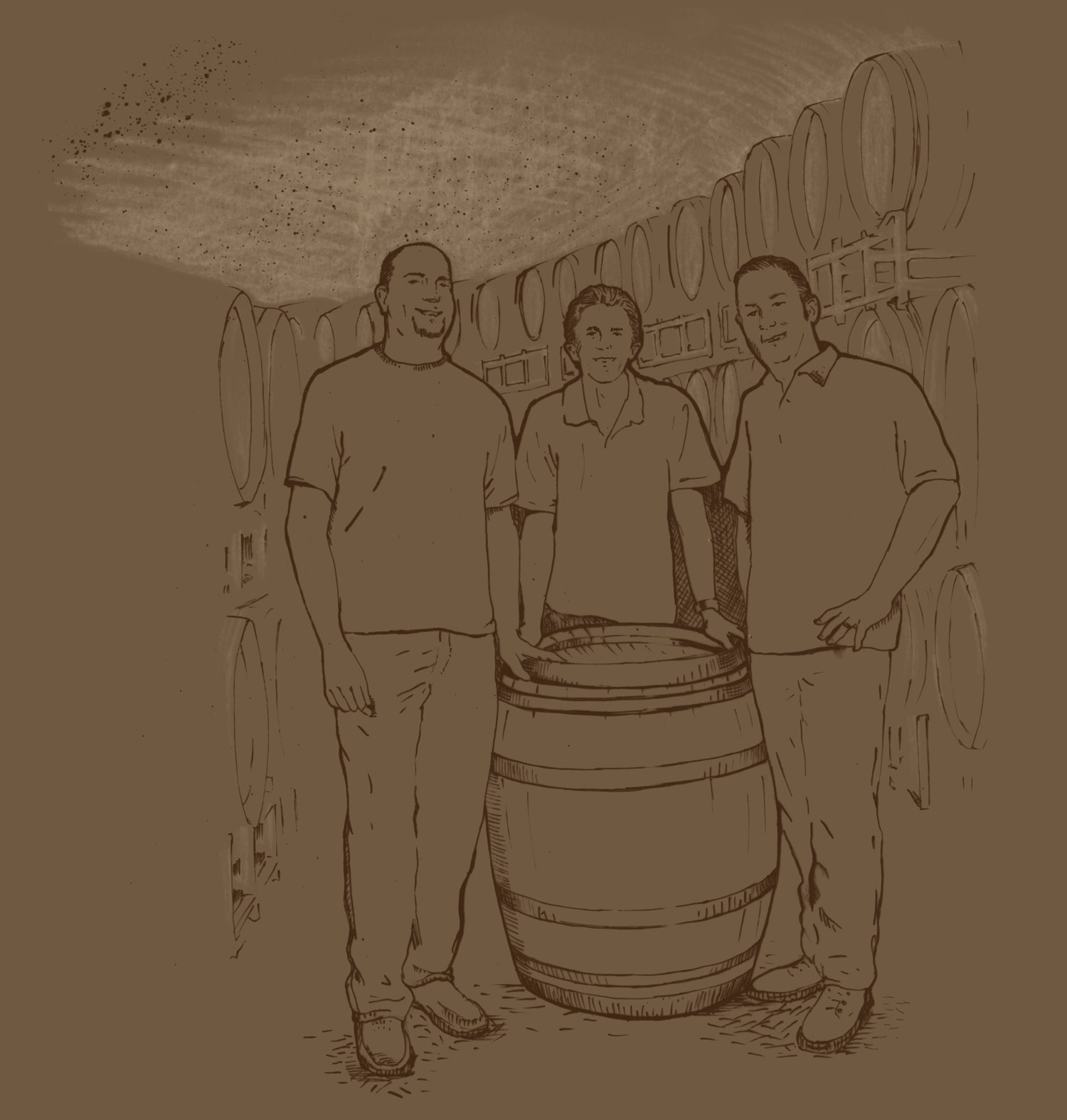
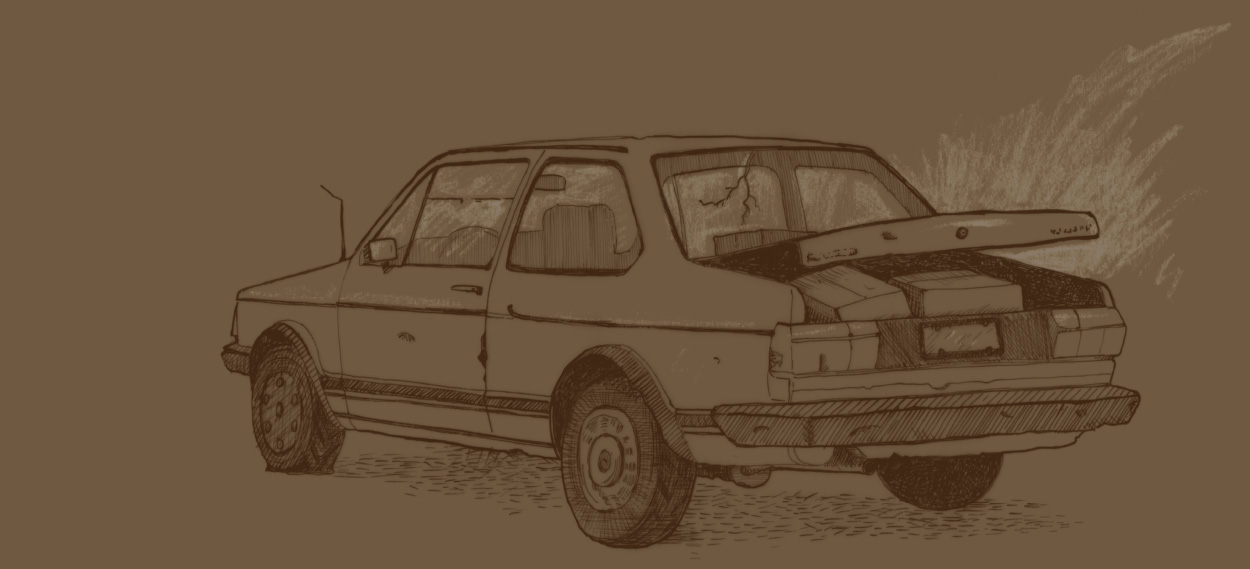
LEANING ON THE COMPANY CAR
Chris’s first act on behalf of the fledgling partnership was to work with his father and Rick to rewrite Michael’s business plan. With the right plan in hand, the challenge was three-fold: To line up investors, to make more pinot noir, and to figure out how to sell it. Michael and Dan were optimistic this next phase would take months; the terror attacks of Sept. 11, 2001, slowed the industry to a halt, and the next chapter took three years. There’s no way to sugar-coat it—this time was a slog. Michael’s broken-down Volkswagen Jetta became the company car, and he drove it all over the San Francisco Bay Area to drum up support. Jim leveraged his network hard to entice investment. After three years of meetings, rewrites and a restructuring, the team had raised just short of $1 million from 19 investors.

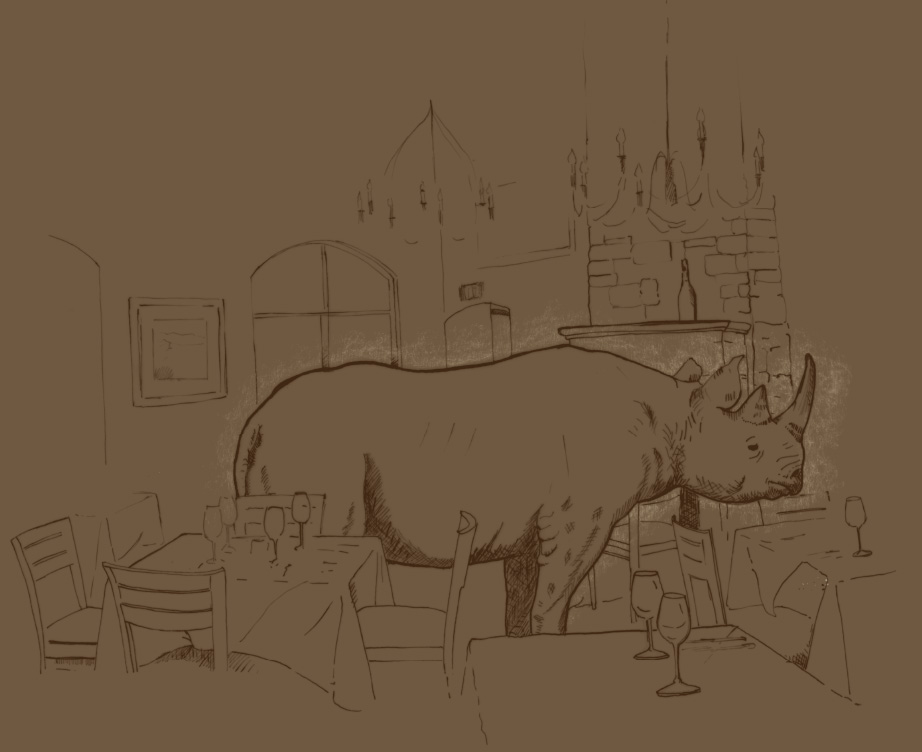
KEEPING HOPE ALIVE
The leaders of the new partnership, and Jim in particular, recruited nearly every one of this crew personally, by sharing the vision, enthusiasm, determination, and dedication to quality exuding from both Dan and Michael. The group became known as the “Founder Investors.” Without them, Kosta Browne likely wouldn’t have made it through this difficult time. Bankruptcy certainly was an option—Michael and Dan mentioned it frequently but refused to give up. Chris remembers he felt the same way. “I thought of backing out numerous times, but I never did,” he says. “Michael’s enthusiasm and determination and Dan’s likability and charisma kept me involved.” Michael channeled a different kind of inspiration—in one particularly disheartening stretch, he pictured himself in a rhinoceros costume, barreling his way through the realities that were holding him back. In the end, the team was committed to making great wine. Their perseverance was about to pay off.
BREAKTHROUGH!
From the very beginning, Michael’s goal with his pinot noir was to get at least one 90-point score. With this in mind, in 2005 he made a decision that would change the history of Kosta Browne forever. He was late to bottle the 2003 vintage that year, so he implemented a micro-filtering technique that eliminated the possibility of bottle fermentation, removed doubts, and preserved the integrity of the wine. These simple differences in protocol—longer hang-time for the fruit, more aging in the barrel, micro-filtering—resulted in an elegant intensity upon which critics seized in reviews for that vintage. Wine Spectator gave the 2003s two 95s, as well as three other scores of 90 or higher. They were unprecedented scores for a winery as small as Kosta Browne. And the scores changed everything. Michael admits he was “terrified” when he heard the news, and wondered: “How the hell am I going to keep this up?!” Chris remembers him being white as a ghost when he arrived at the winery that morning, and screaming with glee when he heard the news.
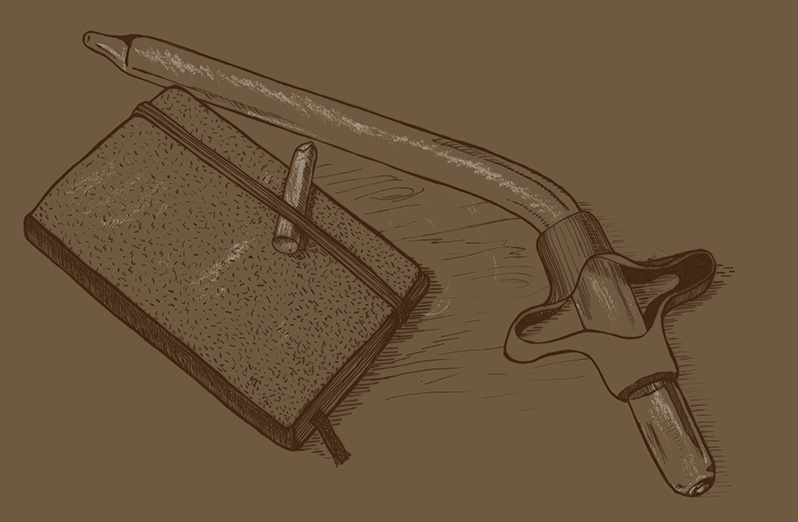
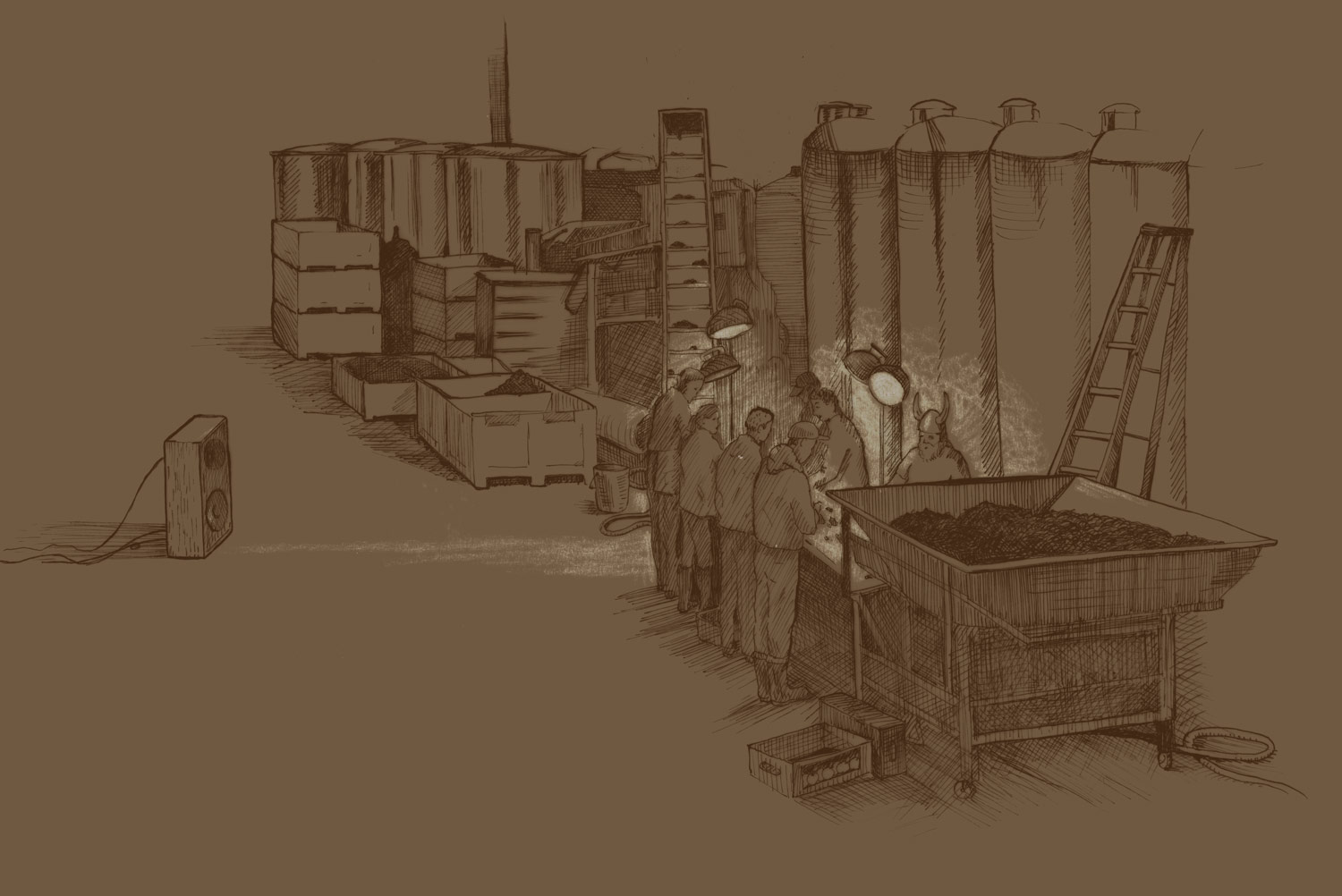
GROWING INTO A NEW HOME
From there, the name of the game at Kosta Browne was growth. With growing numbers of collectors and connoisseurs becoming interested in Kosta Browne, demand skyrocketed, and our brand set off on the path toward becoming the fan favorite it is today. Vintages sold out. The list to be on our list grew. Michael and Dan found themselves in the difficult-but-not-shabby position of telling friends and customers that they’d have to wait for the opportunity to purchase wine. It all added to the mystique. We were able to move into our own dedicated winery facility, still nothing fancy but a place that was just for us. We had the tools to continue to make great wine and keep our fans happy. Almost overnight, Kosta Browne became a cult sensation. It was an overnight success that took eight years to happen. The rest, as they say, is history.
Beth Whybrow Leeds is an illustrator working from St Helena, California. She helped us document our origins story with great humor. Beth works in a variety of styles and mediums and can be found at bethwhybrowleeds.com.


